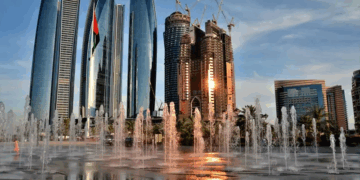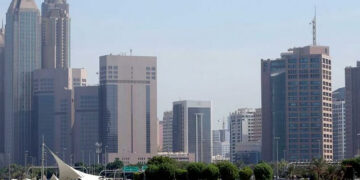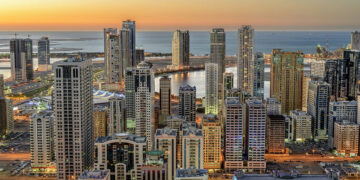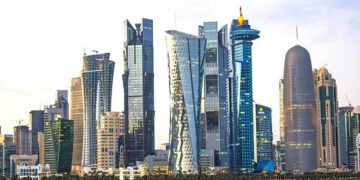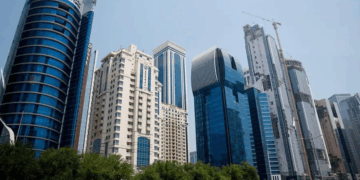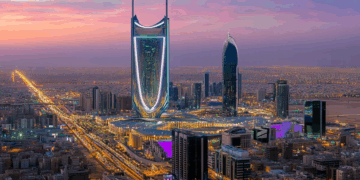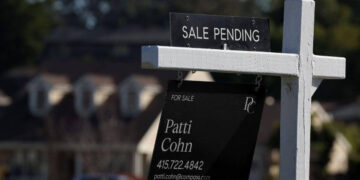Rents in Qatar’s key areas have stabilized in recent months after fluctuating in previous years.
According to market analysts at Cushman and Wakefield, this significant change has caused residential properties to stabilize both before and after Qatar hosts the World Cup in 2022.
On the other hand, occupancy rates in many vital apartment buildings and villa compounds have increased in the first five months, with strong demand for most newly built residential properties in Lusail and Pearl Island.
According to the report, in Q1 2024, a gap emerged between rental levels in new towers and towers completed more than ten years ago.
“Many tenants are focused on new, modern, well-managed buildings where rents are inclusive of utility bills and furniture. This has led to discounted rents in many older buildings, particularly for apartments owned by private investors,” it said.
As new enhancements continue to hit the market, an increase in residents has ensured that occupancy rates remain stable across the country.
According to the researchers, new types of real estate products are constantly being introduced in master-planned communities such as Doha, Lusail, and Al Wakra.
Giardino Village at Pearl Qatar offers high-quality apartments at lower rents than in Porto Arabia or Viva Bahriya.
The Al Janoub Gardens project, which adds nearly 2,400 new apartment units, competes with other new projects such as Ezdan Oasis and Madinatna at the lower end of the market, ensuring that rents remain stable.
However, according to several reports, occupancy rates are increasing in many apartment buildings in Qatar, as rents in some of Doha’s more popular compounds rise during the first quarter of the year.
Rents, on the other hand, have remained relatively stable in 2024, as some landlords no longer provide rental incentives to new tenants, as was previously the case, according to the data.
According to data from the Planning and Statistics Authority, the number of residential sales transactions decreased by 16.2 percent last year when compared to the same period in 2022.
According to industry experts, this trend has reversed in the first two months of the tear, with residential sales up by 30% compared to the same months in 2023, resulting in a significant 46% increase in transaction value.














